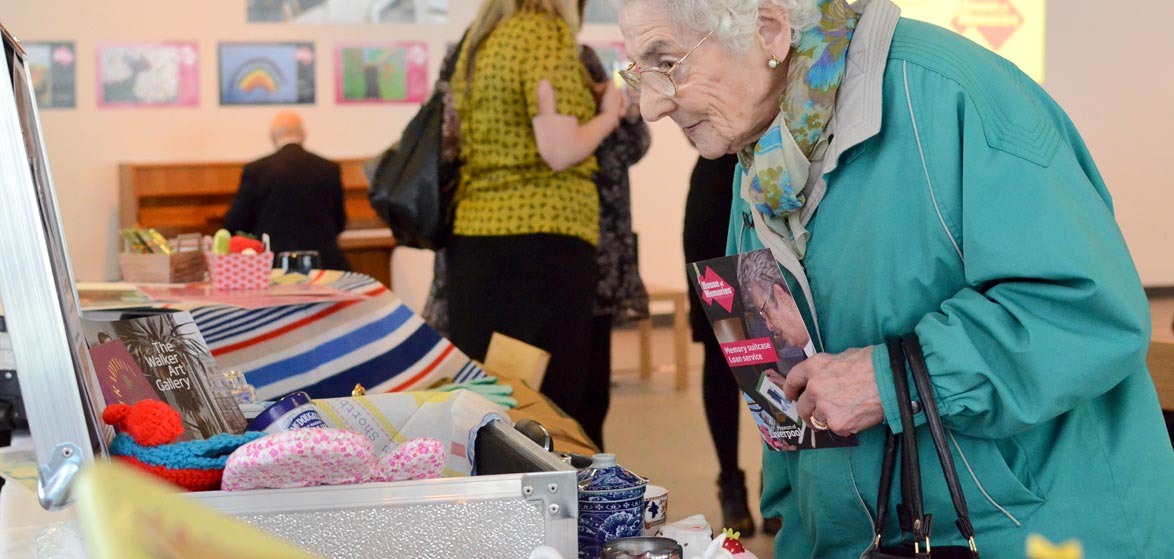"From ordering to delivery it all very quick, no hassle and products are always excellent value and long lasting."
"very good service"
"Excellent customer service. Goods delivered on time and with courtesy"
"Thank you for an excellent service"
We receive so many compliments on the way we, the Andway team, care for our clients, our customer service levels and client satisfaction scores, its something we are immensely proud of and are continually striving to improve..
We thought we should be shouting about it more so here it goes...
Field Visits: Our account managers come to you! We know from experience that face to face is the best communication method. You can show us around your home and explain exactly what your challenges are, show us exactly what you are trying to achieve and let us look at the products and equipment you currently use. We can assess where we can make savings and improvements for you and your residents.
We carry out audits and assessments for you on laundry, cleaning, manual handling and equipment, incontinence use and best practice, pressure care and much more. Our range includes everything your care home needs including dementia friendly environments and a maintenance, repairs and LOLER service.
We will come to see you face to face as much as you like…
New Business Team: focused on introducing Andway to you and your team, to understand how we can help in terms of products and equipment and what samples you may like to trial.
Understanding you and your home is crucial. That way we can make the biggest difference and help you save time and money.

Customer Service Team: all customers new and existing are allocated a personal internal account manager. They will be your day to day point of contact for ordering, asking for samples, quotes, arranging returns, handling any queries and for asking for expert help in product selection. Always at the end of the telephone, our customer service team look after your every need and will get to know you and your home really, really well.
LOLER Servicing and Maintenance Team: here to take care of all your equipment maintenance, service, repair and testing requirements and then keep your equipment safe, compliant and in good working order. Our highly skilled and experienced engineers are able to maintain a huge range of equipment including but not limited to hoists, beds, baths, scales, ceiling track hoists, mattresses and wheelchairs.
So is it time to get the Big 4 behind your care home?
Simply call us on 01423 331000 we are here to help...




